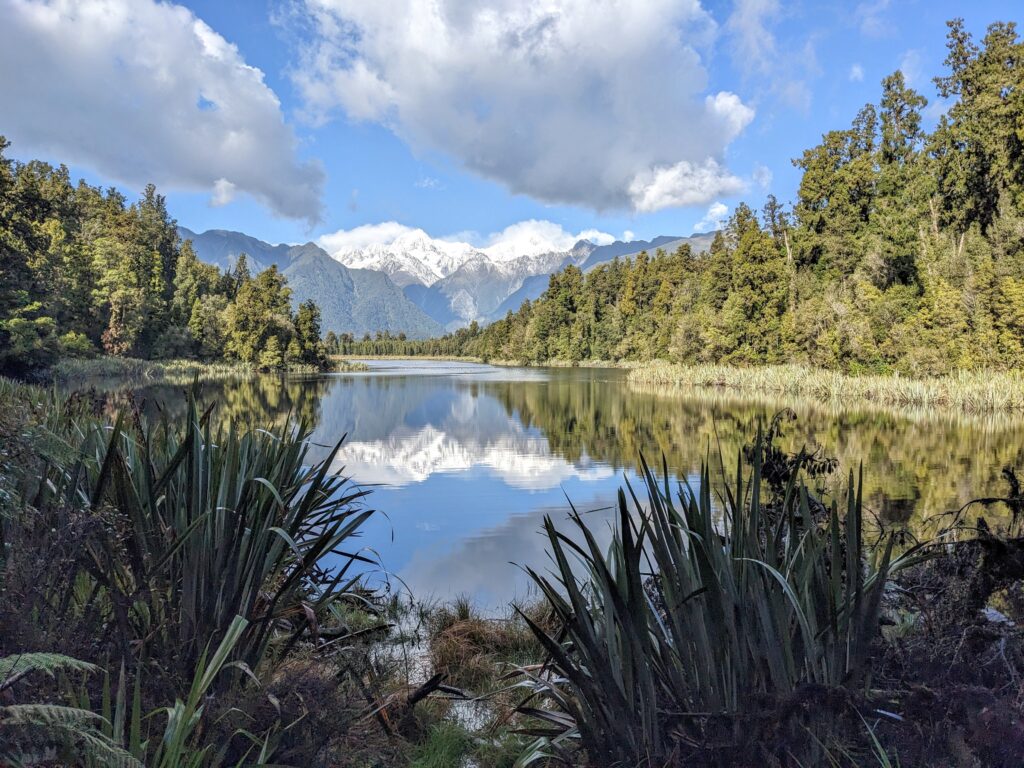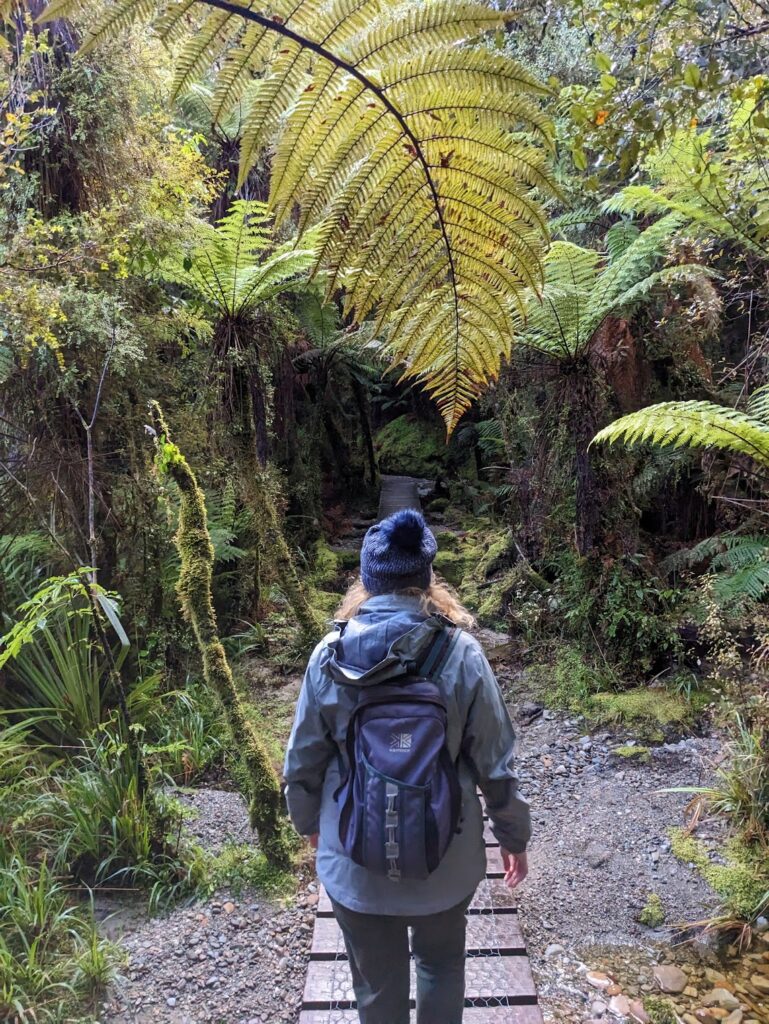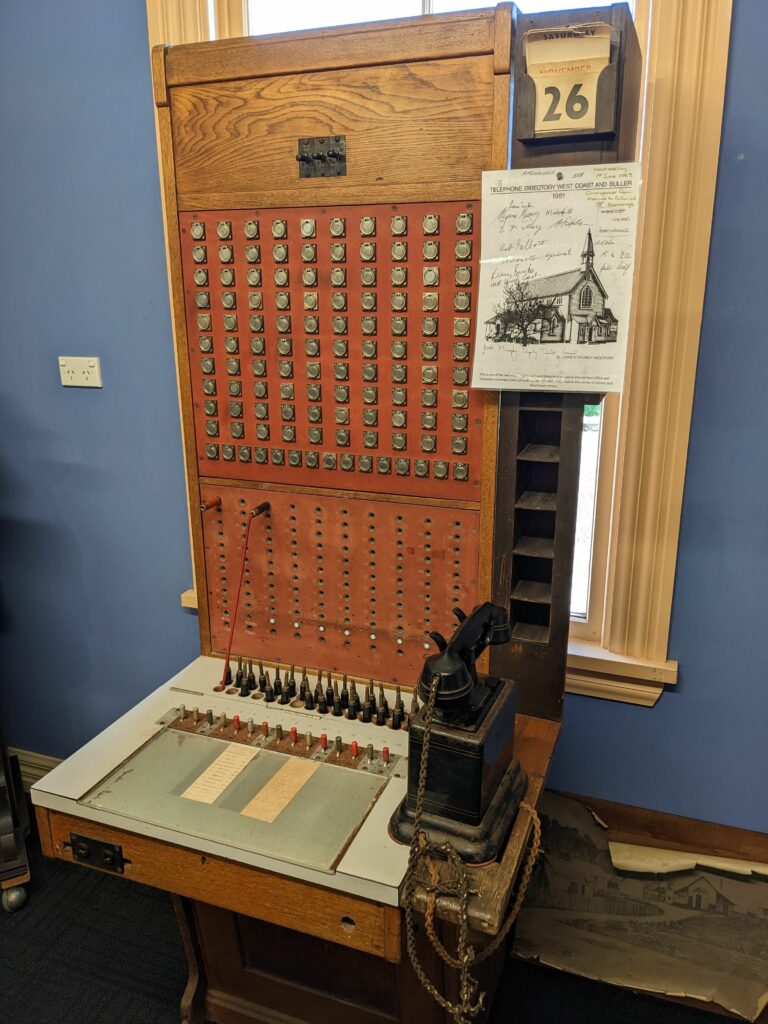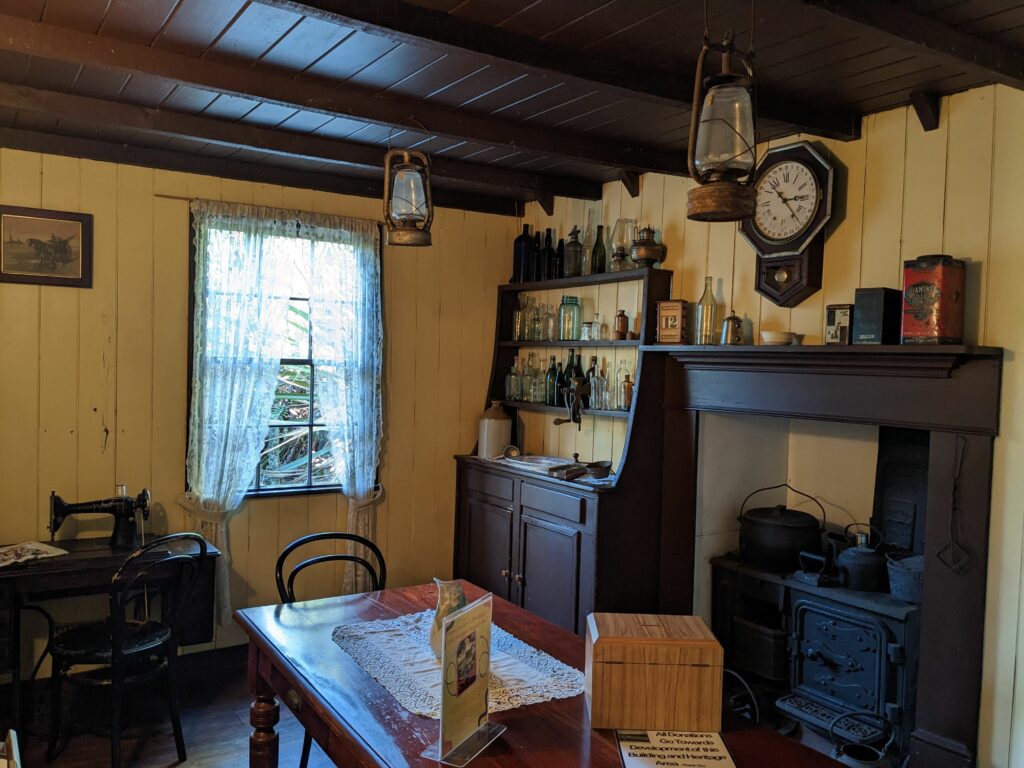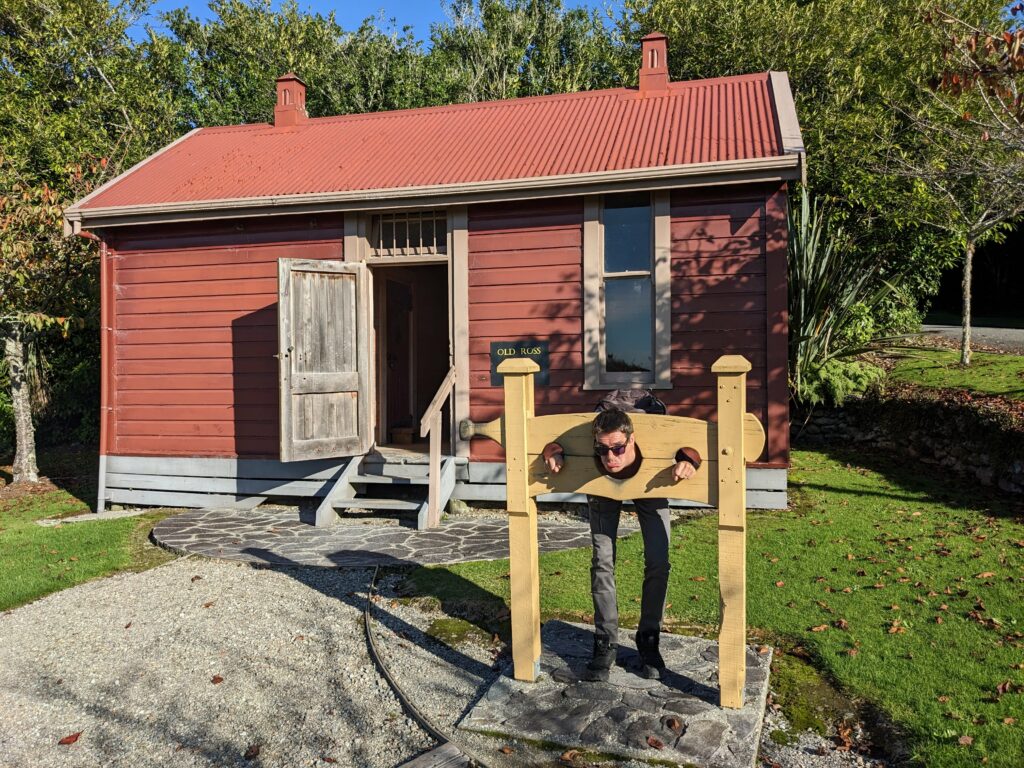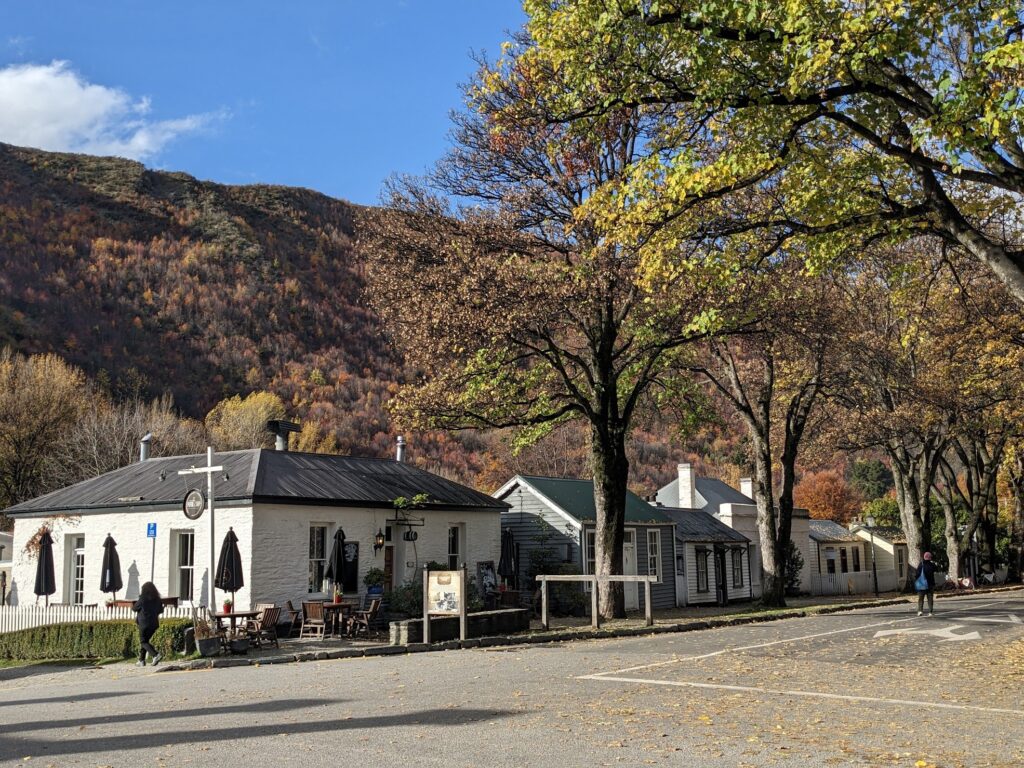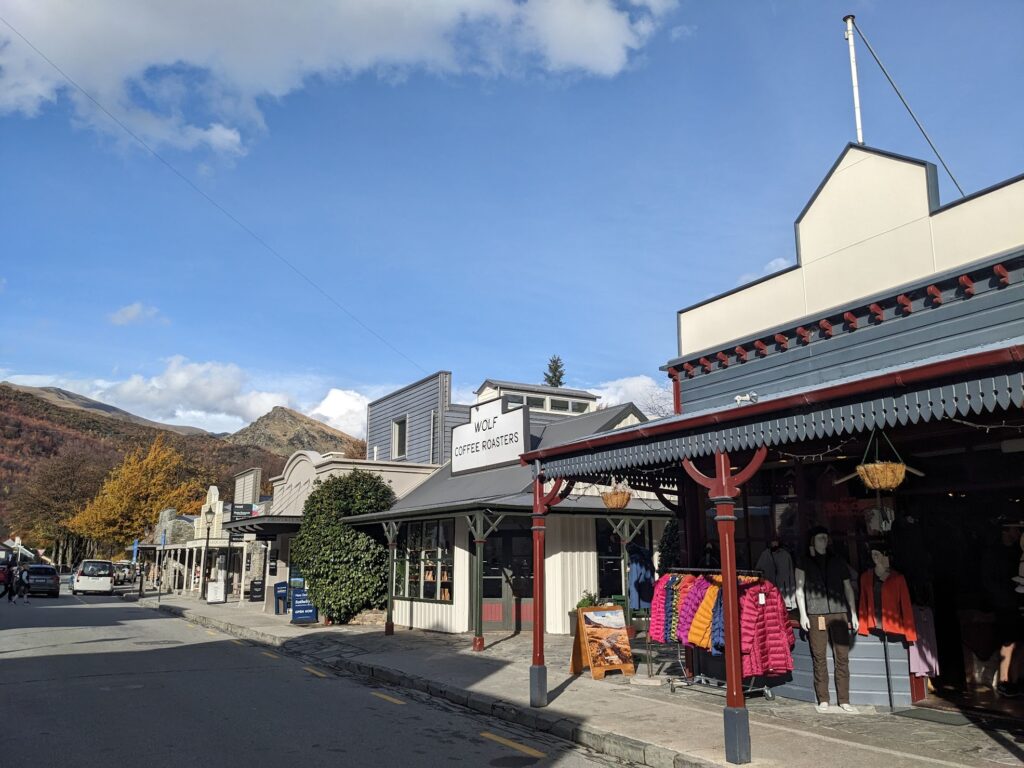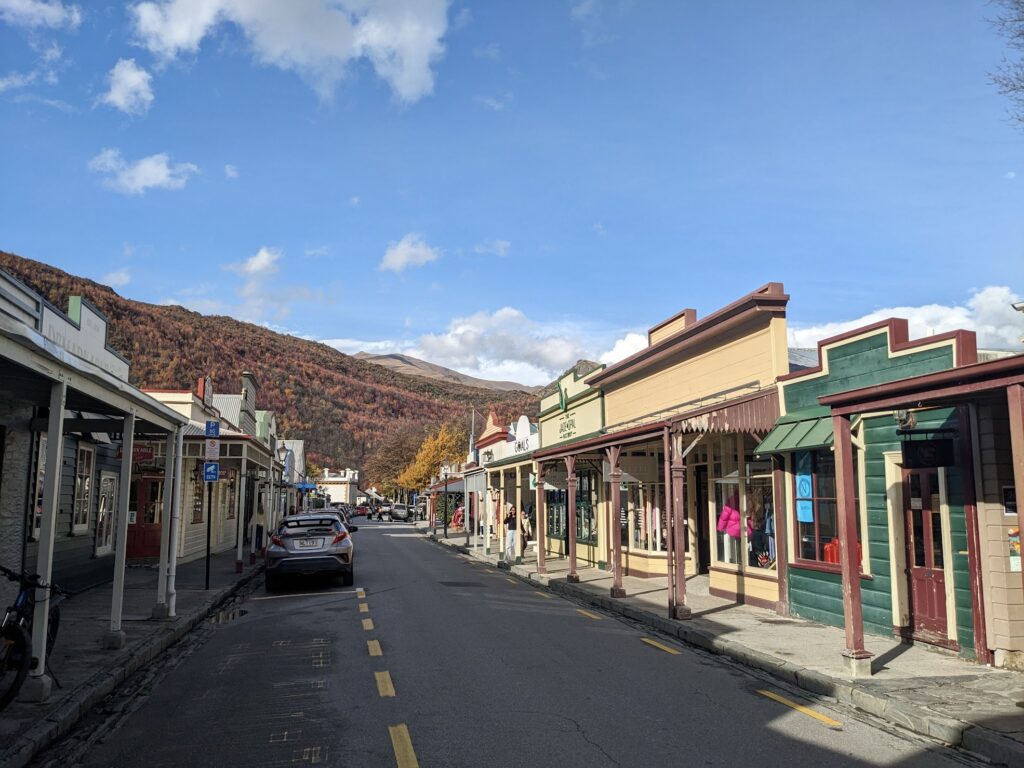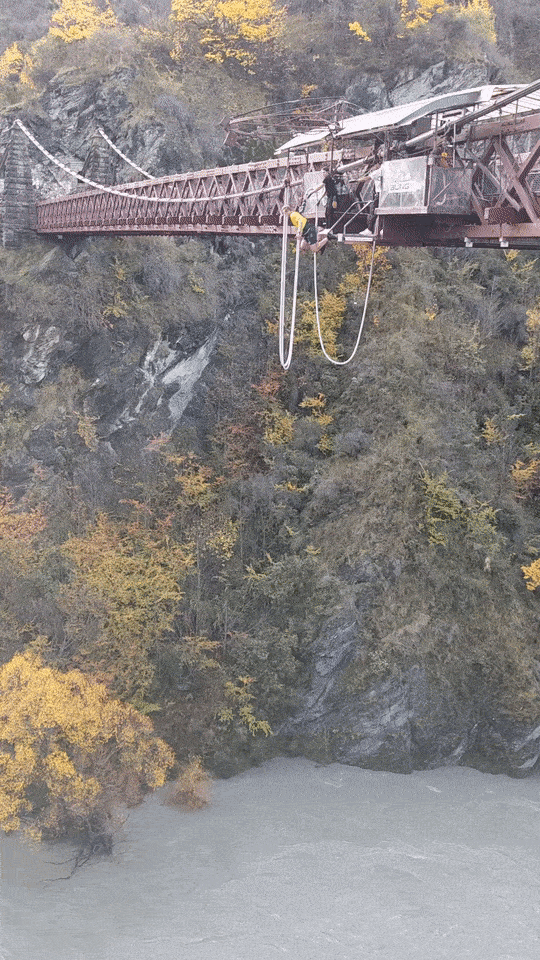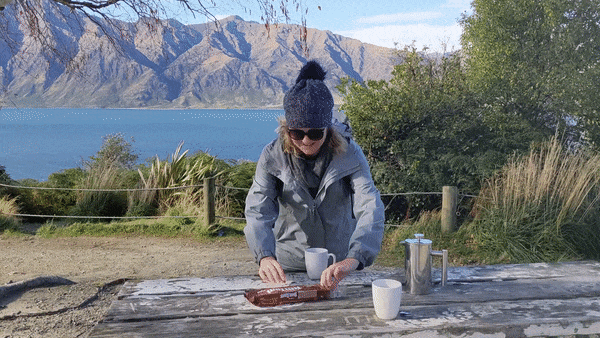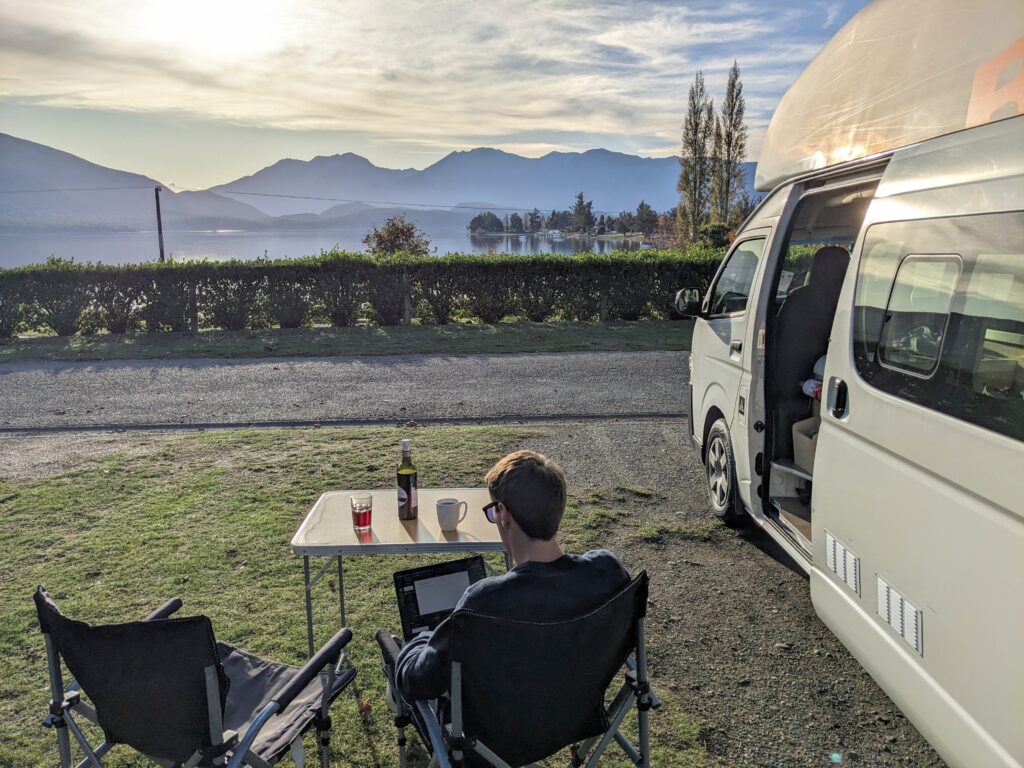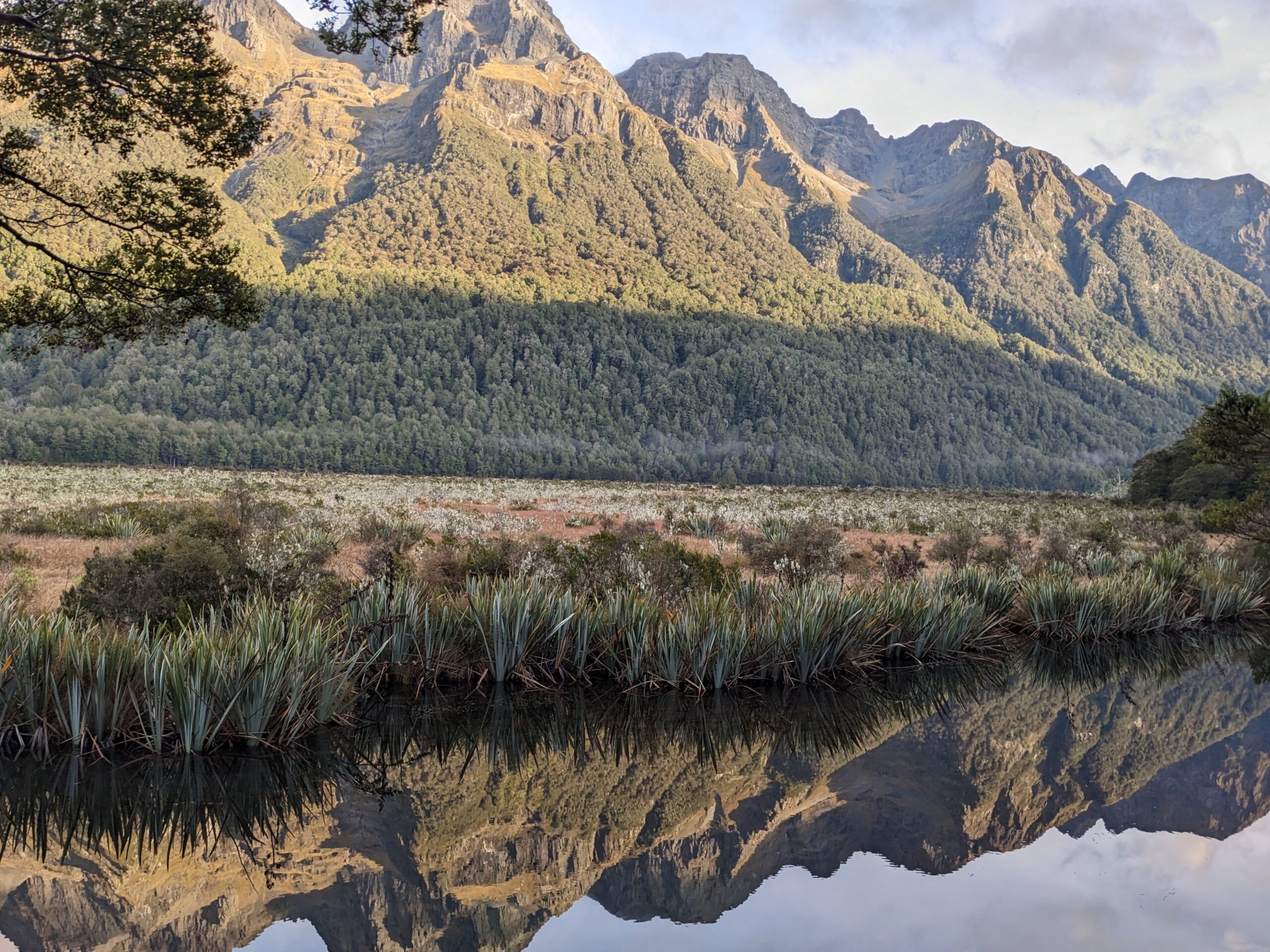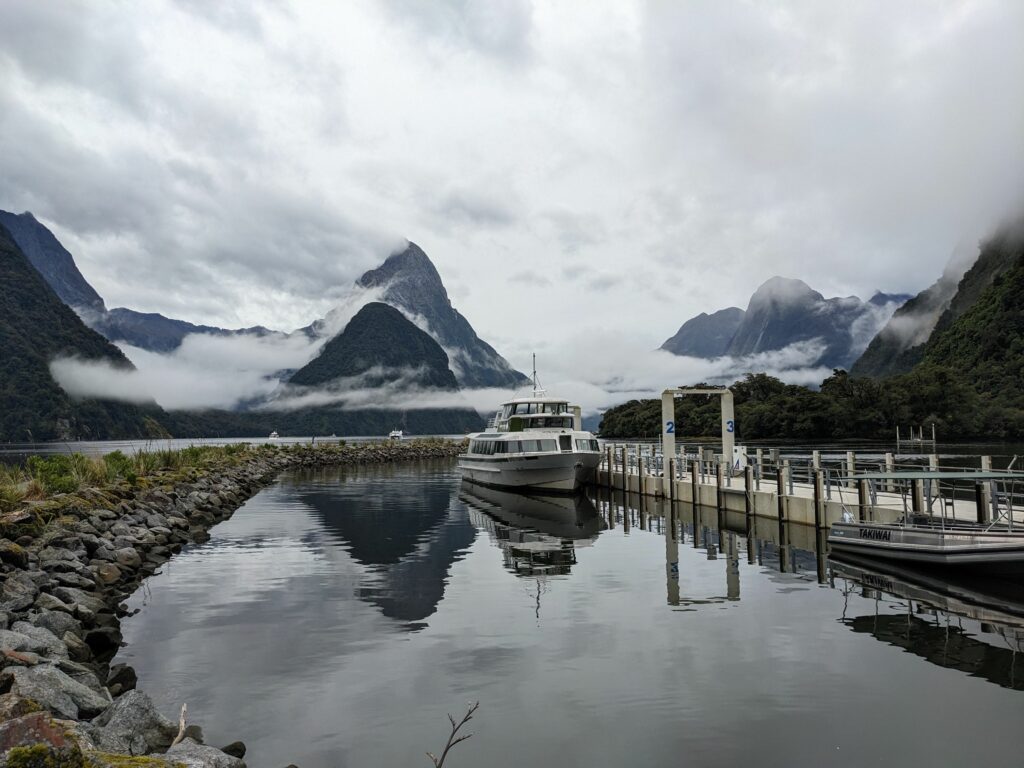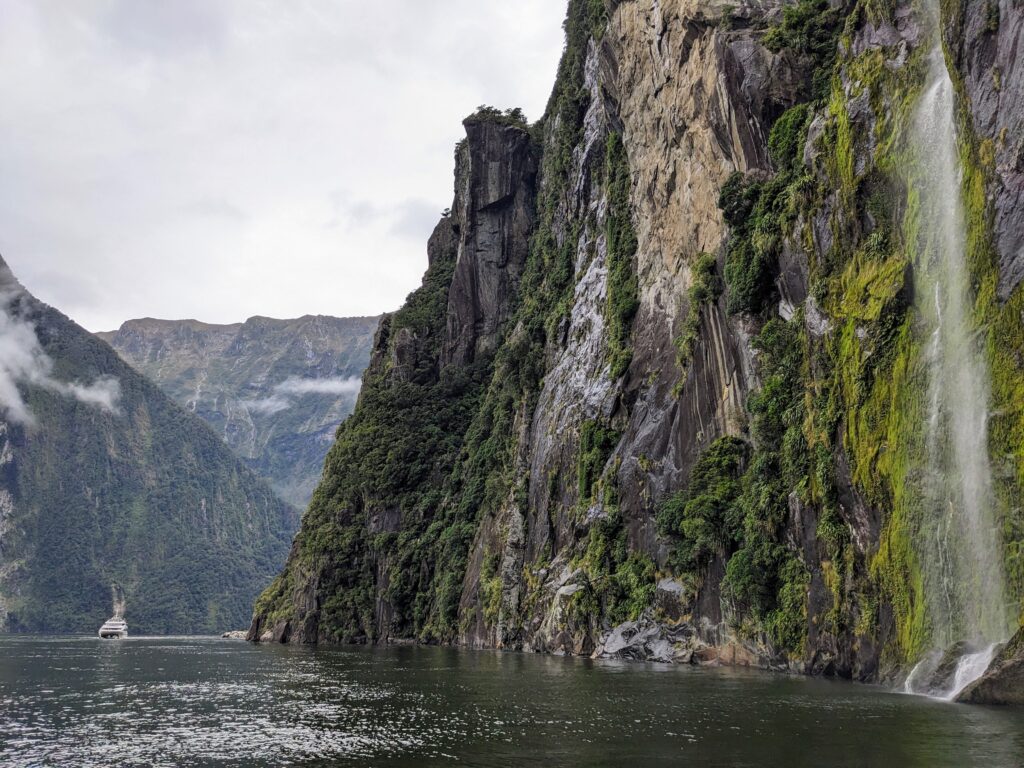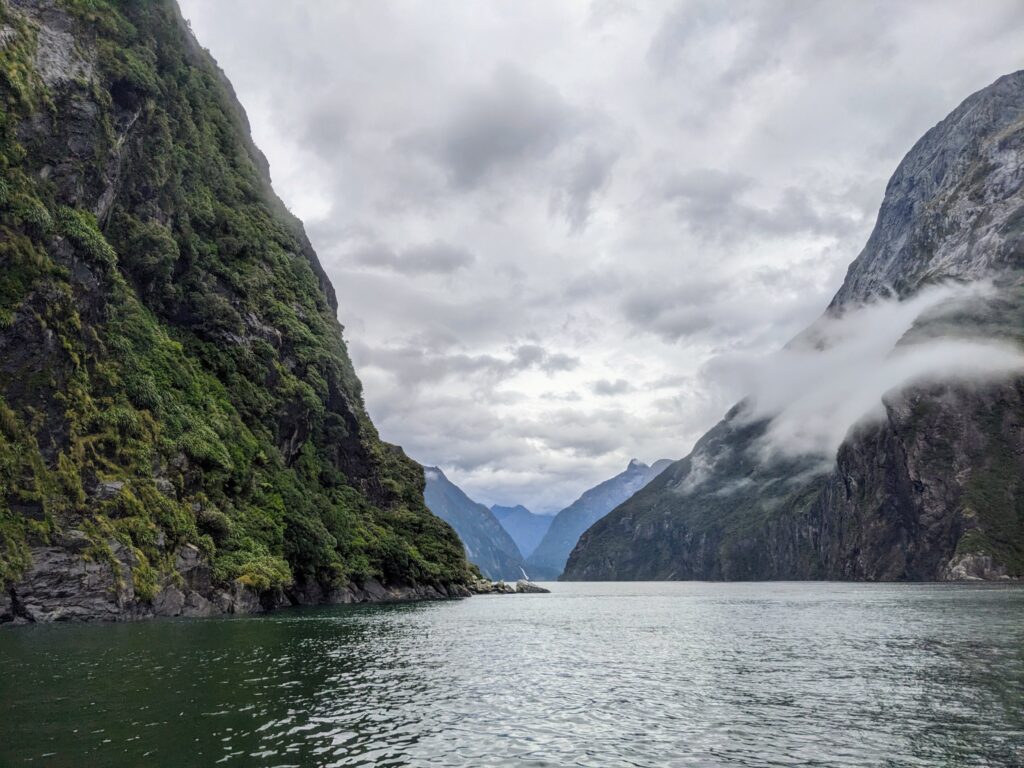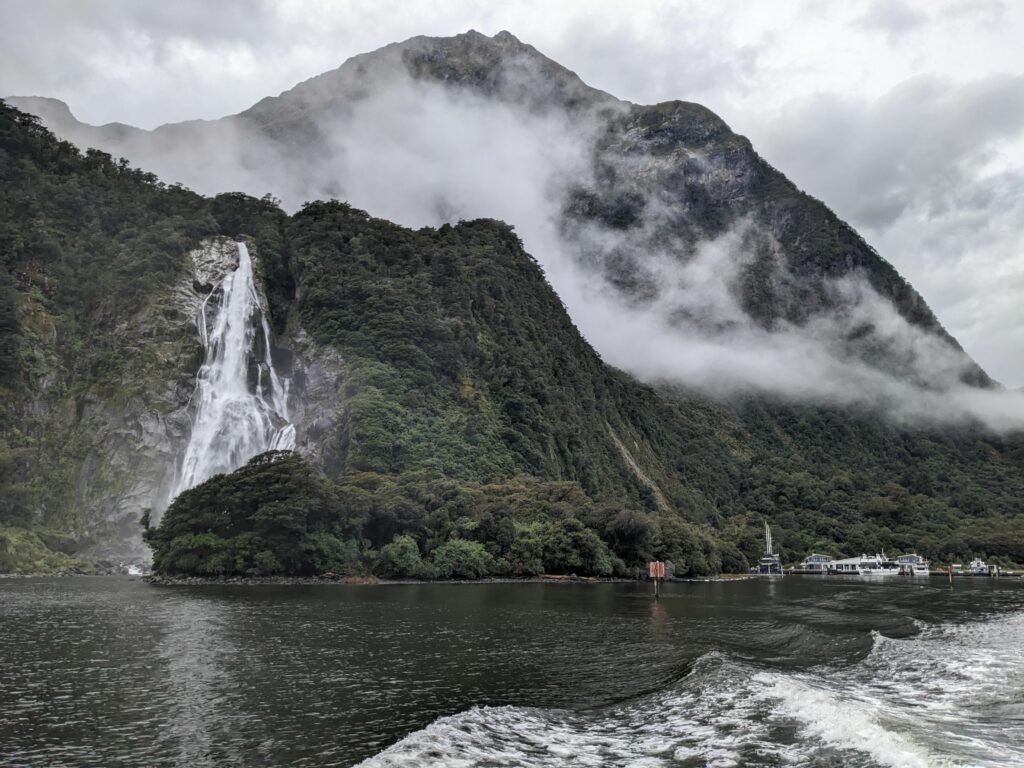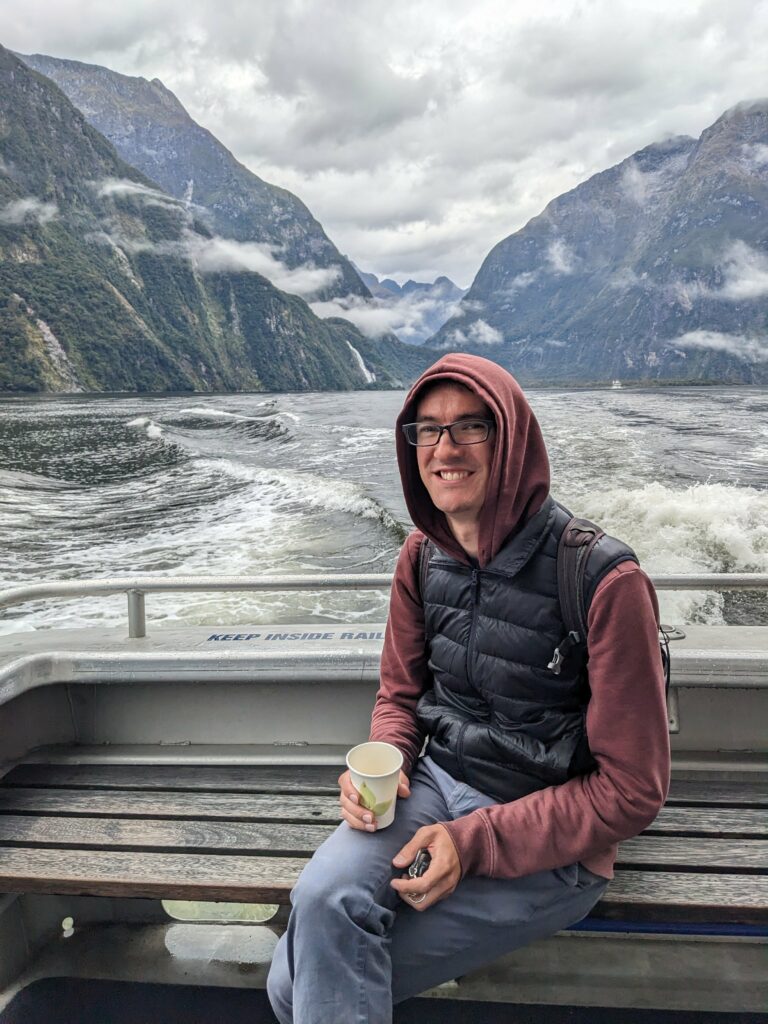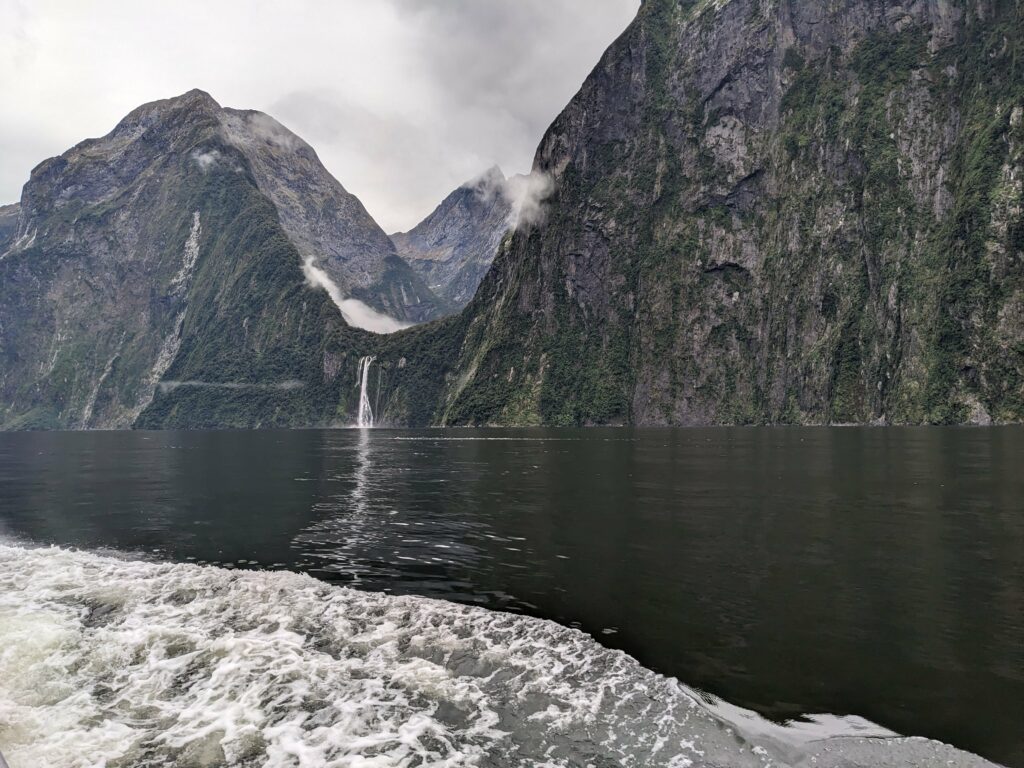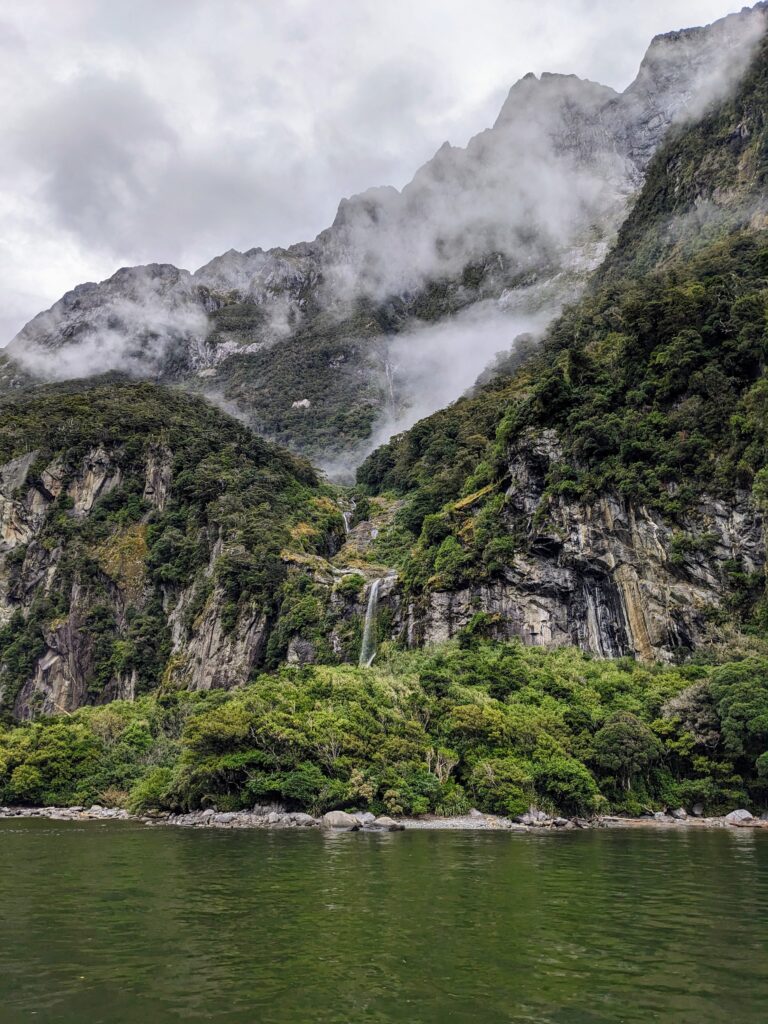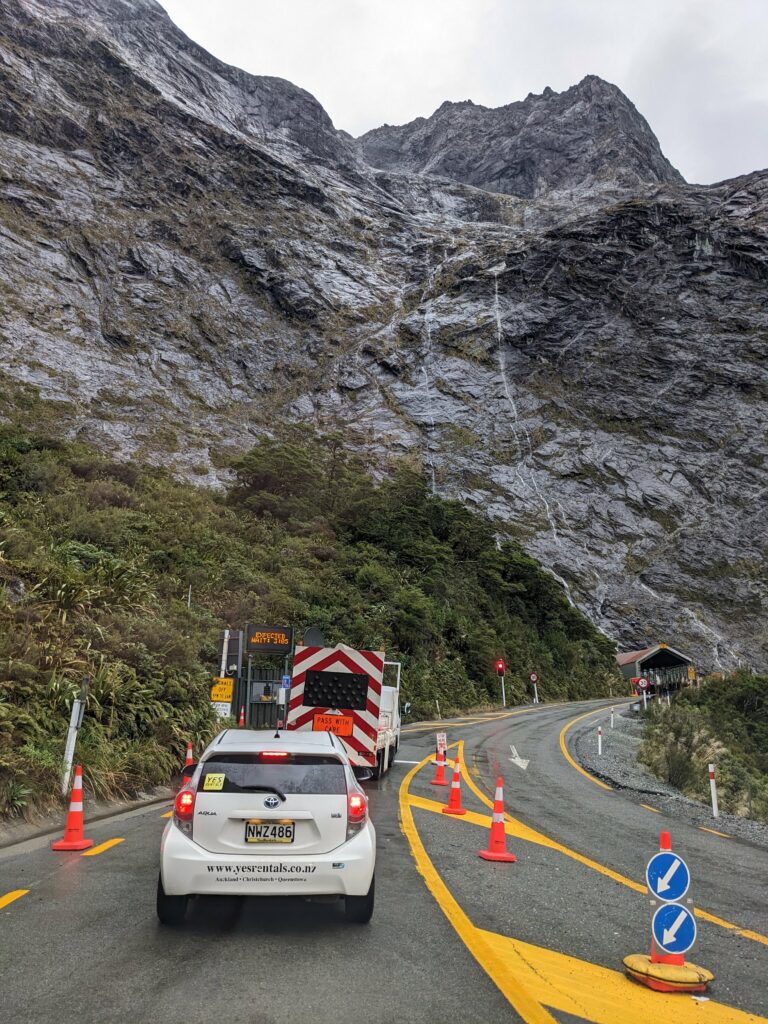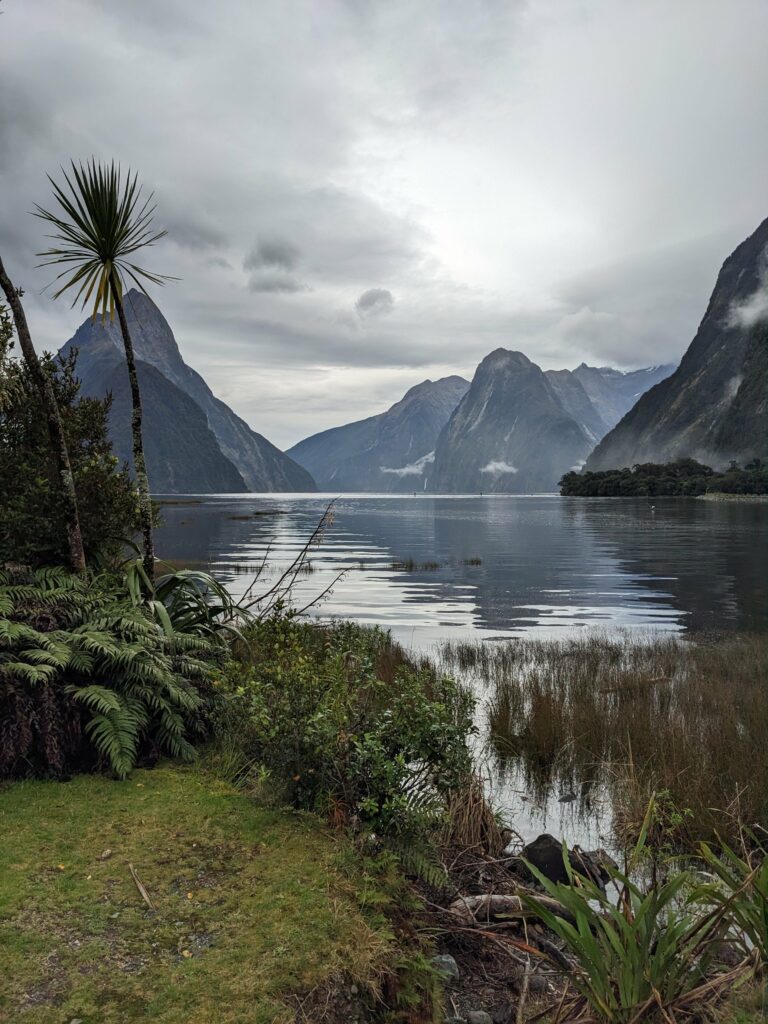We managed to leave our campground at Haast without being shouted at even once by the proprietor, result! Perhaps Oli is more charming than I had thought… From Haast, we turned north up Highway 6, which we would follow for the next five days as we drove up the west coast.
Yesterday, we’d been surrounded by arid mountains and the vineyards of Central Otago, but now the landscape had really changed, with the road sandwiched between snowy alpine peaks on our right and the wild Tasman Sea on our left. We crossed countless single-track bridges spanning rivers and streams that rushed down from the mountains into the sea, and every corner brought a new vista.

New Zealand is definitely one of the most beautiful countries we’ve ever seen, and these two days’ driving covered the most breathtaking landscapes we’d seen so far. I normally fall asleep pretty much every time I get in the car (unless I’m driving, obviously), and I haven’t had a single nap yet! There’s a chance this has to do with the sheer volume of coffee and Tim Tams we’ve been consuming, but I think it’s more to do with the incredible scenery.
About 20 minutes after we left Haast, we pulled into Knight’s Point Lookout to get a good look at the wild coastline, and that was my driving done for the day. I do like to do my bit!
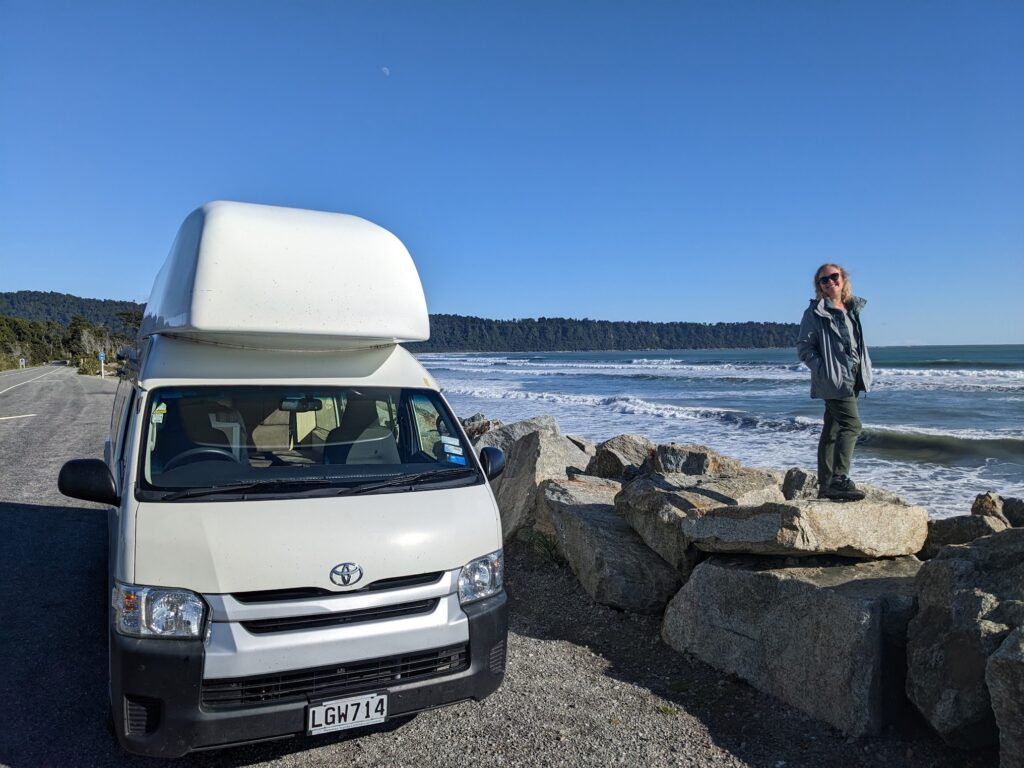
Our next stop was Lake Matheson, another mirror lake, this time offering a mossy lakeside trail and a reflection of the peaks of the Southern Alps. We didn’t manage to time our visit for the perfect mirror conditions (instead our visit seemed to coincide with a duck convention in the centre of the lake 🦆), but the view across the water to Mount Cook and Mount Tasman was still absolutely stunning.
Just nearby, we paused again at a nondescript parking area at the end of a track that we’d read had a decent but distant view of the fast-receding Fox Glacier. Having seen some seriously disappointing videos on YouTube of people visiting the Fox and Franz-Josef Glaciers (23 km further north) where they just looked very grey and very far away, we really didn’t have high hopes for what we’d see, particularly as huge landslides in 2019 closed access roads to nearer viewpoints. We’d been driving up the track with the glacier behind us and as we hopped out of the van, the view really took our breath away! It obviously helped that we caught it on a lovely sunny day, but the glacier looked like an enormous frozen waterfall descending down the mountain (which I guess is kind of what it is, really).

That night, we stayed at an eerily deserted campground near Franz Josef Glacier. We knew that there were other people doing a very similar route to us (because we kept awkwardly bumping into them in the supermarket) but we never did work out where they were staying as this seemed to be the only option in town. Anyway, we had a beautiful view of the Southern Alps and it was very nice to have the site to ourselves! We had expected to be doing lots more freedom camping, but it’s been seriously chilly at night the last few days so it’s been nice to be able to run our little fan heater while having our daily drinks reception (i.e. wine and crisps), and we can only do this if plugged into 240v power at a campground.
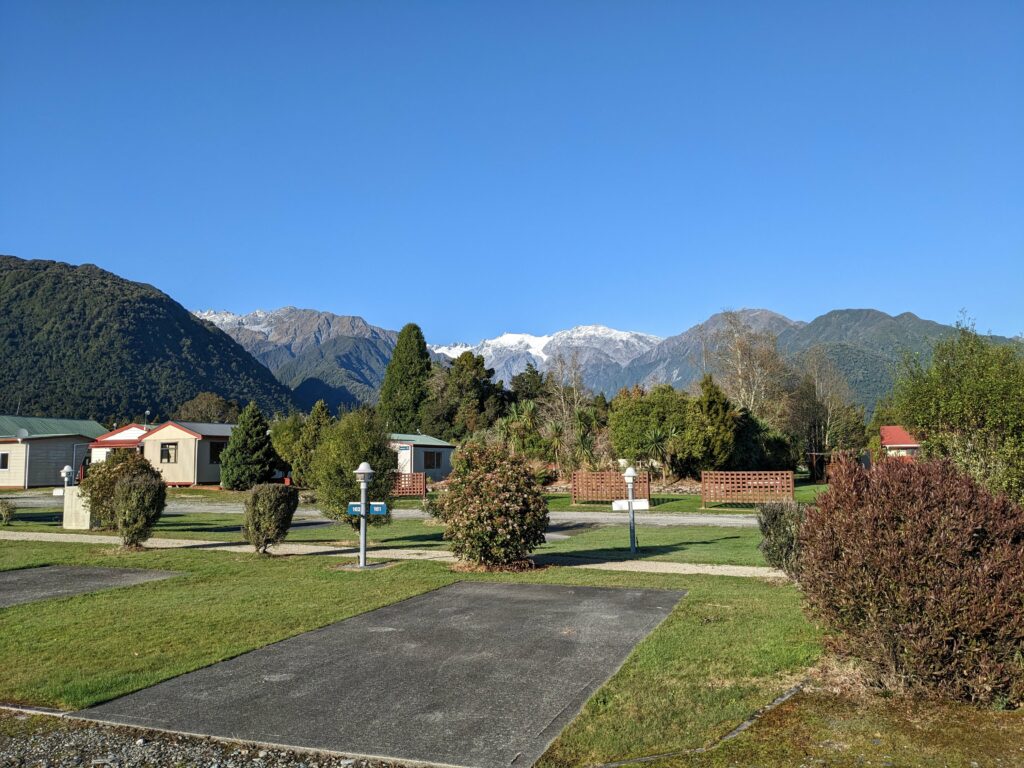
The next morning, we continued our journey north. Within a few minutes of setting off, we pulled into a Department of Conservation (DOC) campground for a quick pitstop to rescue a teatowel that had gone rogue and was sweeping our floor every time we went round a corner. I hopped out of the van to run through the trees and take a quick look at the view and this (below) is what met me. I think it’s a pretty good illustration of how beautiful this part of the world is – there were no other people, no viewpoint, but the view was still spectacular.
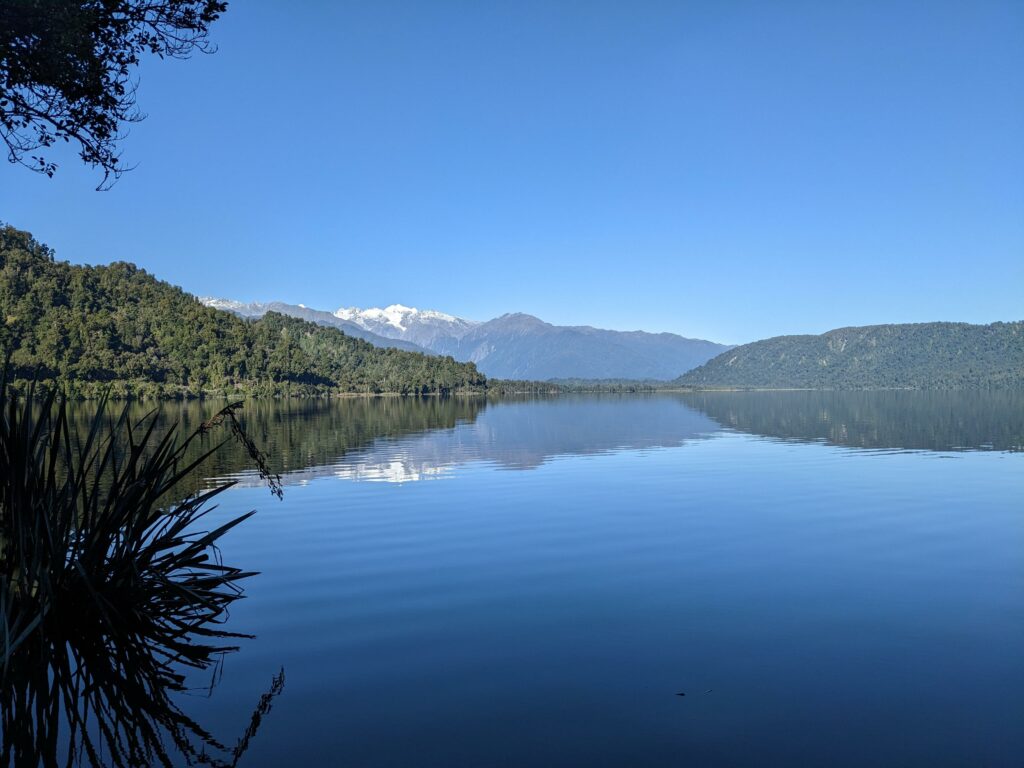
We also popped into Ōkārito, a tiny seaside hamlet set between a peaceful lagoon and the raging sea. In case you haven’t noticed, I’m a big fan of the Tasman Sea – I don’t think it comes across particularly strongly in photos, but even in the settled weather we were having, it was totally WILD! There were several DOC trails in the area, but these were all closed for an ‘aerial operation’, so we went for a walk on the beach instead. We saw lots of helicopters circling and couldn’t work out exactly what they were doing, but based on the number of poison warning signs we saw, we had a feeling it wasn’t going to end well for the wild mammals in the area… 😢
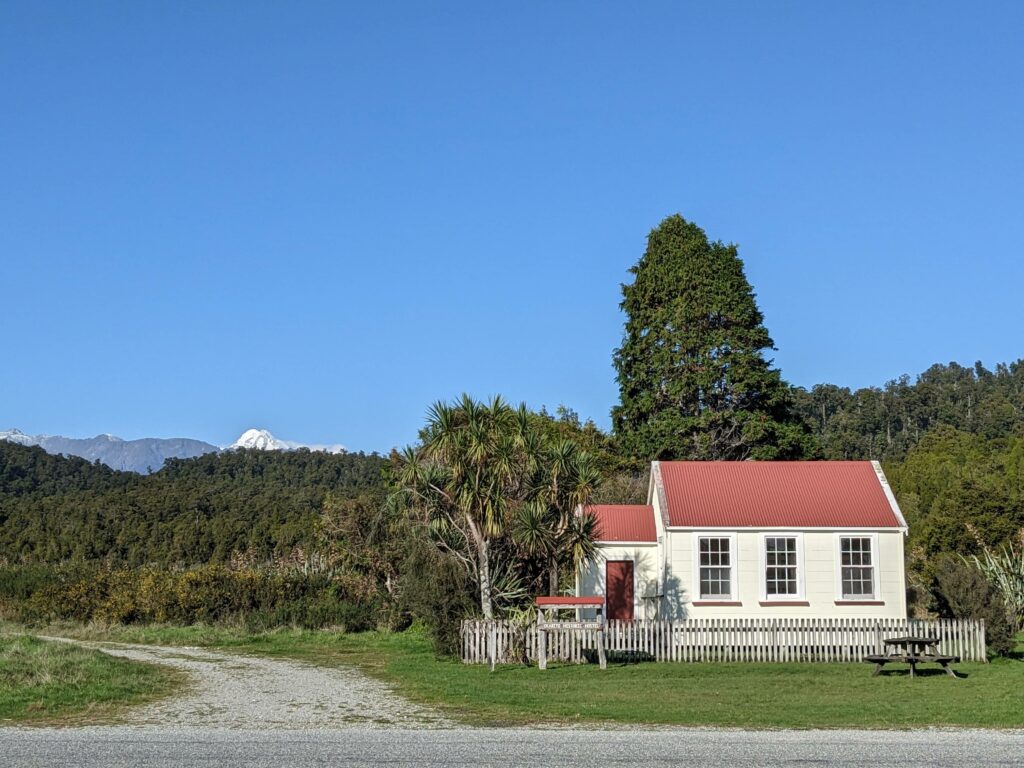
Our final stop of the day was Ross, a gold rush-era town with some nicely preserved buildings and a brilliantly obscure local museum. If you’ve ever read a Bill Bryson book, you’ll know exactly the kind I mean as he describes them so well – the ones where anything and everything relating to local history is popped in a room together, leaving you to wonder exactly why.
This might have been just ten minutes of confusing entertainment if it weren’t for the museum’s enthusiastic custodian, who popped over for a chat when he saw us looking at the “Honourable Roddy” nugget and heard we were from the UK. It was the largest gold nugget ever found in New Zealand when it was discovered in 1909, but it turned out we were looking at a replica rather than the real thing, because this was gifted to George V on his coronation in 1911 – how topical!
The chap told us that it had been in the local news again recently, because the nugget went missing when it reached the UK and no one knows where it ended up. Even before this, it had an interesting story, because despite being an exciting find, it was too big (and thus too expensive) for any one gold buyer to purchase. As a result, Sharpe and Scott didn’t know what to do with their find and for a while, it was used as a doorstop in the local pub! Eventually, the local hospital bought it, took it on a tour of NZ and sold raffle tickets to win it. The eventual winner was offered money by the government so they could use it as a coronation gift. But before doing so, they put it into an incredibly elaborate setting that was rumoured to be worth more than the nugget itself. I loved everything about this story – some properly good local history!
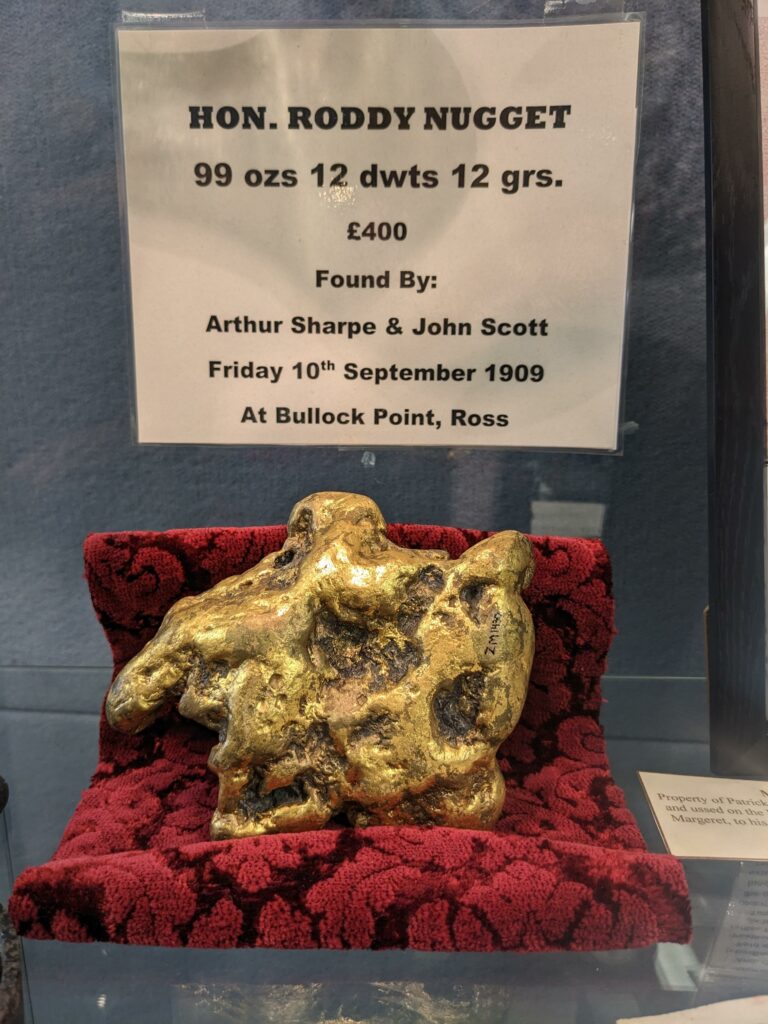
After our unexpectedly fascinating chat with the custodian (I think he kept the museum open late especially!) we set off for Hokitika, just a few minutes up the road. Here, we planned to stop for a day or two so that we could get some proper exercise and perhaps kick our Tim Tam Slam habit.
